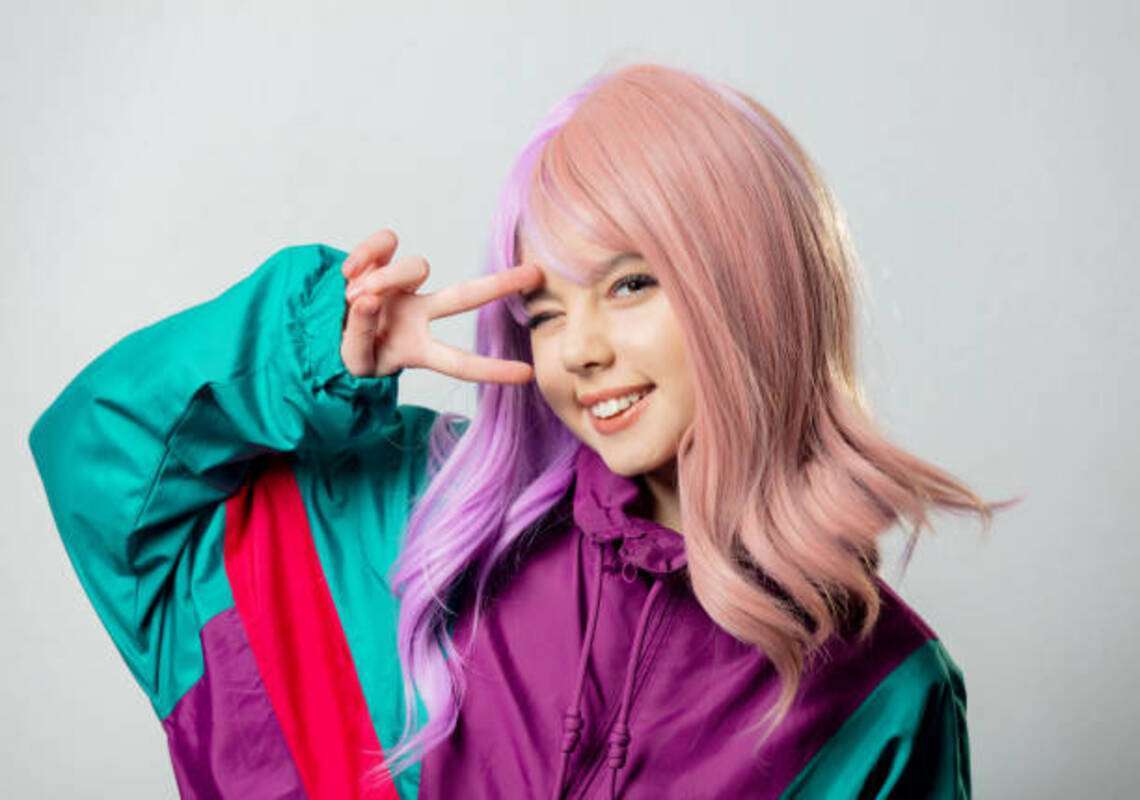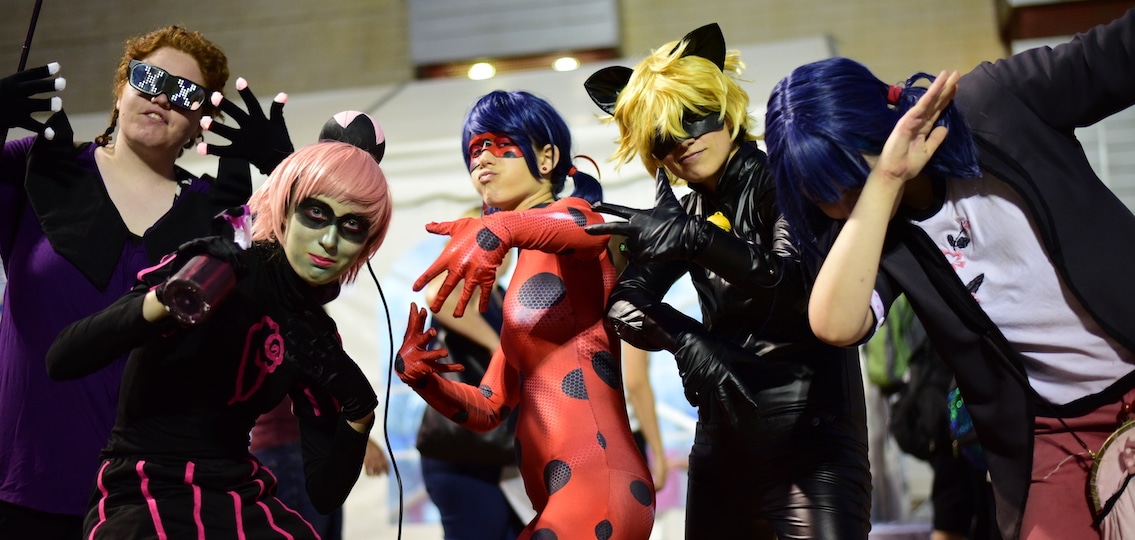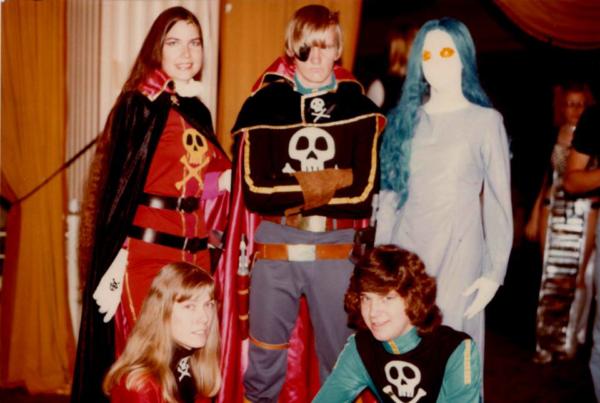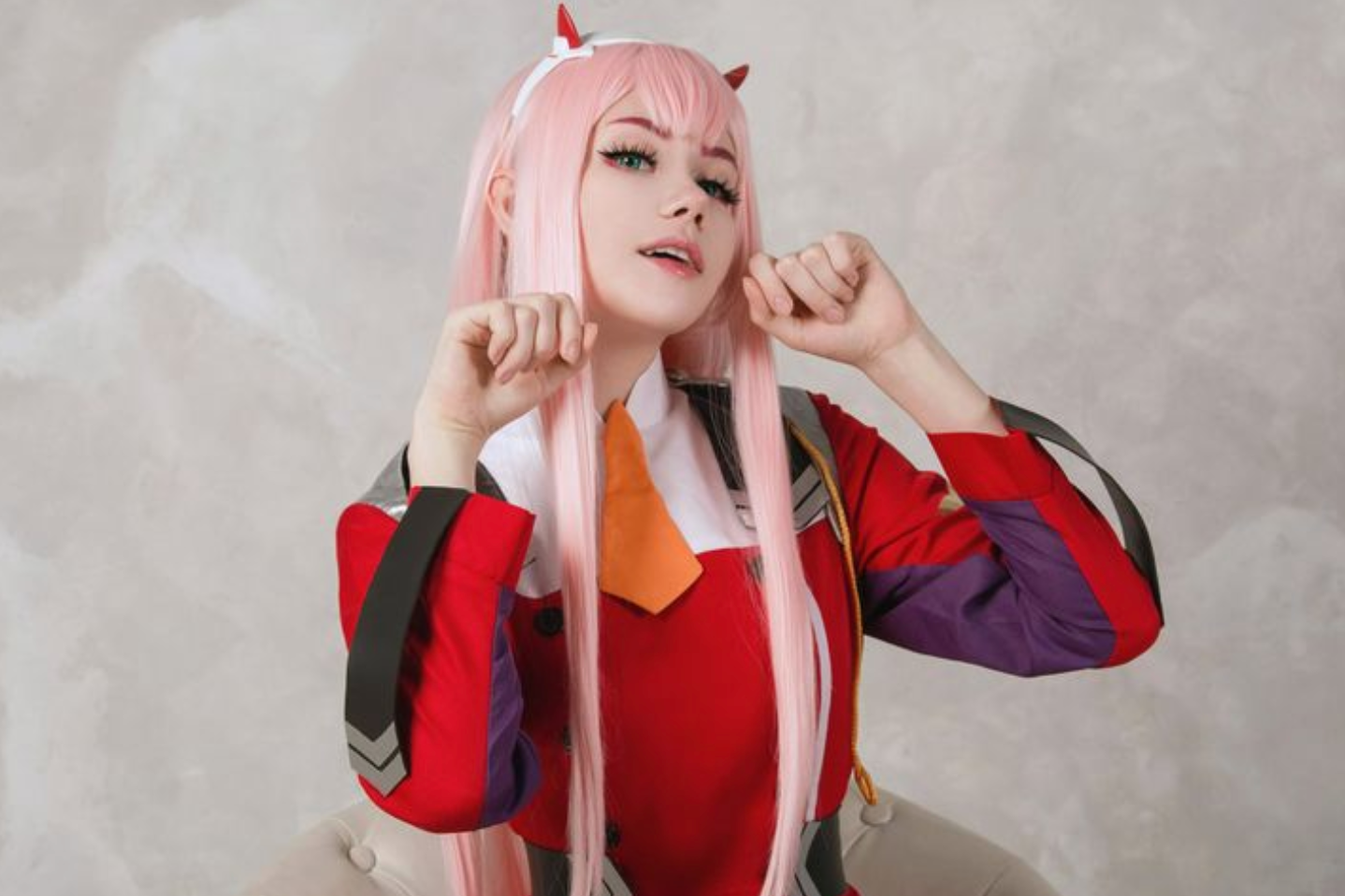Understanding Cosplay in Fashion: Definition, Significance, and Integration

Definition of Cosplay
Cosplay, a portmanteau of 'costume' and 'play,' is an activity where participants dress up as characters from various media. This practice has evolved into a significant cultural phenomenon, blending elements of fashion and Performance Art. 1
Creativity is at the heart of cosplay. Participants often invest considerable time and effort into crafting their costumes, using a variety of materials to achieve the desired look. This process showcases their artistic skills and attention to detail. 2
Cosplay is not just about wearing a costume; it is a form of performance art. Cosplayers embody the characters they portray, engaging in Role-playing activities that bring these fictional personas to life. This immersive experience adds depth to the practice. 1
The characters chosen for cosplay come from a diverse range of media, including anime, manga, comics, movies, and video games. This variety allows cosplayers to explore different genres and styles, making the practice inclusive and dynamic. 2
Community plays a crucial role in cosplay. Enthusiasts often share tips and techniques, participate in events, and support each other. This sense of camaraderie fosters a vibrant and collaborative environment, enhancing the overall experience. 1

www.collinsdictionary.com

yourteenmag.com
Historical Background
Cosplay traces its roots back to Fan Conventions in the 1930s, where attendees dressed in futuristic costumes. The practice began with Morojo's 'futuristicostumes' at the 1st World Science Fiction Convention in New York City in 1939. 1
The term 'cosplay' was coined in 1984 by Nobuyuki Takahashi after attending a Worldcon in Los Angeles. This marked a significant evolution in the practice, giving it a distinct identity and helping it gain recognition. 1
The popularity of Japanese anime and manga in the 1980s and 1990s significantly boosted the cosplay trend. Shows like 'Sailor Moon,' 'Dragon Ball,' and 'Neon Genesis Evangelion' became widely popular and are still cosplayed today. 3
Cosplay has grown from a niche hobby to a global phenomenon, with large conventions held worldwide. Events like Comiket in Japan and Comic Con in the United States attract hundreds of thousands of attendees, many of whom participate in cosplay. 3
The blending of Western and Japanese cultures has played a significant role in the evolution of cosplay. This cultural exchange has enriched the practice, making it a diverse and inclusive activity that continues to evolve. 3

cosplayerjourney.com

kwinnpop.com
Cosplay in Mainstream Fashion
Mainstream fashion designers have increasingly incorporated cosplay elements into their collections, blending high fashion with pop culture. This fusion has led to innovative designs that appeal to both fashion enthusiasts and cosplay fans, creating a unique niche in the fashion industry. 4
Social media platforms like Instagram, Facebook, and TikTok have played a crucial role in bringing cosplay to a wider audience. These platforms allow cosplayers to showcase their work, share tutorials, and connect with a global community, significantly boosting the visibility and popularity of cosplay. 5
Eye-catching costumes often go viral on social media, drawing attention to the creativity and craftsmanship involved in cosplay. These viral moments not only highlight individual talent but also inspire others to participate in cosplay, further expanding its reach and influence. 6
The demand for cosplay clothing and accessories has created a burgeoning Retail Market. This market caters to a diverse range of consumers, from casual fans to dedicated cosplayers, and includes both mass-produced items and bespoke creations, reflecting the growing commercial potential of cosplay. 5
Celebrities and influencers have embraced cosplay, further integrating it into mainstream fashion. Their participation not only brings additional attention to the art form but also legitimizes it as a fashionable and creative pursuit, encouraging more people to explore and engage with cosplay. 3
Cosplay Fashion Trends
Narrative iconography has become a significant trend in contemporary fashion, with elements from popular stories and characters being seamlessly integrated into everyday attire. This trend allows fans to subtly express their love for specific narratives through their clothing choices. 7
Blending traditional fashion elements with cosplay aesthetics has led to the creation of unique and innovative looks. This fusion allows for a diverse range of styles, from casual wear inspired by anime characters to more elaborate outfits that incorporate elements of fantasy and science fiction. 8
Within the cosplay community, styles such as kawaii (cute) and retro fashion have gained immense popularity. These styles often feature bright colors, playful patterns, and nostalgic elements that resonate with both cosplayers and fashion enthusiasts alike. 4
The DIY (Do-It-Yourself) culture is a cornerstone of cosplay fashion. Many cosplayers take pride in creating their own costumes, often learning new skills such as sewing, crafting, and 3D printing to bring their favorite characters to life. This hands-on approach fosters creativity and innovation within the community. 9
Seasonal trends in cosplay fashion are often influenced by the release of new anime series, movies, and video games. As new characters and stories capture the public's imagination, cosplayers quickly adopt and adapt these elements into their costumes, keeping the fashion dynamic and ever-evolving. 8

www.latonique.news

designmango.in
Influence on Fashion Industry
Cosplay has significantly influenced new fashion collections, leading to collaborations between designers and media franchises. These partnerships have resulted in unique, character-inspired clothing lines that appeal to both fashion enthusiasts and fans of the original media. 10
The economic impact of cosplay is substantial, with the market valued in the billions and projected to grow consistently. This growth is driven by the increasing popularity of anime and manga, as well as the expanding global fanbase. 5
Retailers are capitalizing on the cosplay trend by offering detailed and accurate costumes. These products cater to the demand for high-quality, authentic representations of beloved characters, enhancing the overall cosplay experience for fans. 5
Cosplay is also a powerful marketing tool, used to attract younger audiences and promote various products. By incorporating cosplay into their campaigns, brands can engage with a dedicated and enthusiastic fanbase, driving both awareness and sales. 3
The creativity and innovation inherent in cosplay design have a notable influence on mainstream fashion trends. Elements of cosplay, such as bold colors and unique accessories, are increasingly being integrated into everyday wear, pushing the boundaries of traditional fashion. 10

designmango.in
Cultural Significance
Cosplay allows individuals to express their creativity and love for fictional characters. By meticulously crafting costumes and embodying their favorite characters, cosplayers showcase their artistic skills and passion for storytelling. 2
It fosters a sense of community among enthusiasts who share similar interests. Conventions and online forums provide platforms for cosplayers to connect, share tips, and celebrate their mutual love for various fandoms. 1
Cosplay promotes diversity and inclusivity, welcoming participants of all ages, genders, and body types. This inclusive nature encourages a wide range of people to participate, breaking down barriers and fostering acceptance. 3
Cosplayers often participate in charity events, using their costumes to raise awareness and funds for various causes. These events highlight the positive impact of cosplay beyond entertainment, contributing to societal good. 11
It encourages appreciation for non-Western art forms and fashion. By embracing characters from anime, manga, and other global media, cosplayers promote cultural exchange and understanding. 12
Future of Cosplay in Fashion
Sustainability is becoming a significant focus in the cosplay fashion industry. Designers are increasingly turning to eco-friendly materials and sustainable practices to create costumes. This shift not only reduces environmental impact but also appeals to a growing demographic of environmentally conscious consumers. 11
Technological advancements, such as 3D printing and Wearable tech, are revolutionizing cosplay design. These innovations allow for more intricate and accurate costume creations, enhancing the overall cosplay experience. As technology continues to evolve, it will further push the boundaries of what is possible in cosplay fashion. 8
The global expansion of the cosplay market is evident, with increasing participation from emerging markets. This growth is fueled by the rising popularity of geek and pop culture worldwide, leading to more conventions and events where enthusiasts can showcase their creativity. 5
E-commerce platforms play a crucial role in the distribution of cosplay products. Online sales channels provide easy access to a wide range of costumes and accessories, making it convenient for cosplayers to find and purchase what they need. This accessibility has contributed significantly to the market's growth. 13
Cosplay continues to inspire mainstream fashion, pushing the boundaries of creativity and self-expression. Elements of cosplay are increasingly seen in everyday fashion, from subtle accessories to full outfits inspired by popular characters. This influence highlights the growing acceptance and integration of cosplay into broader fashion trends. 7